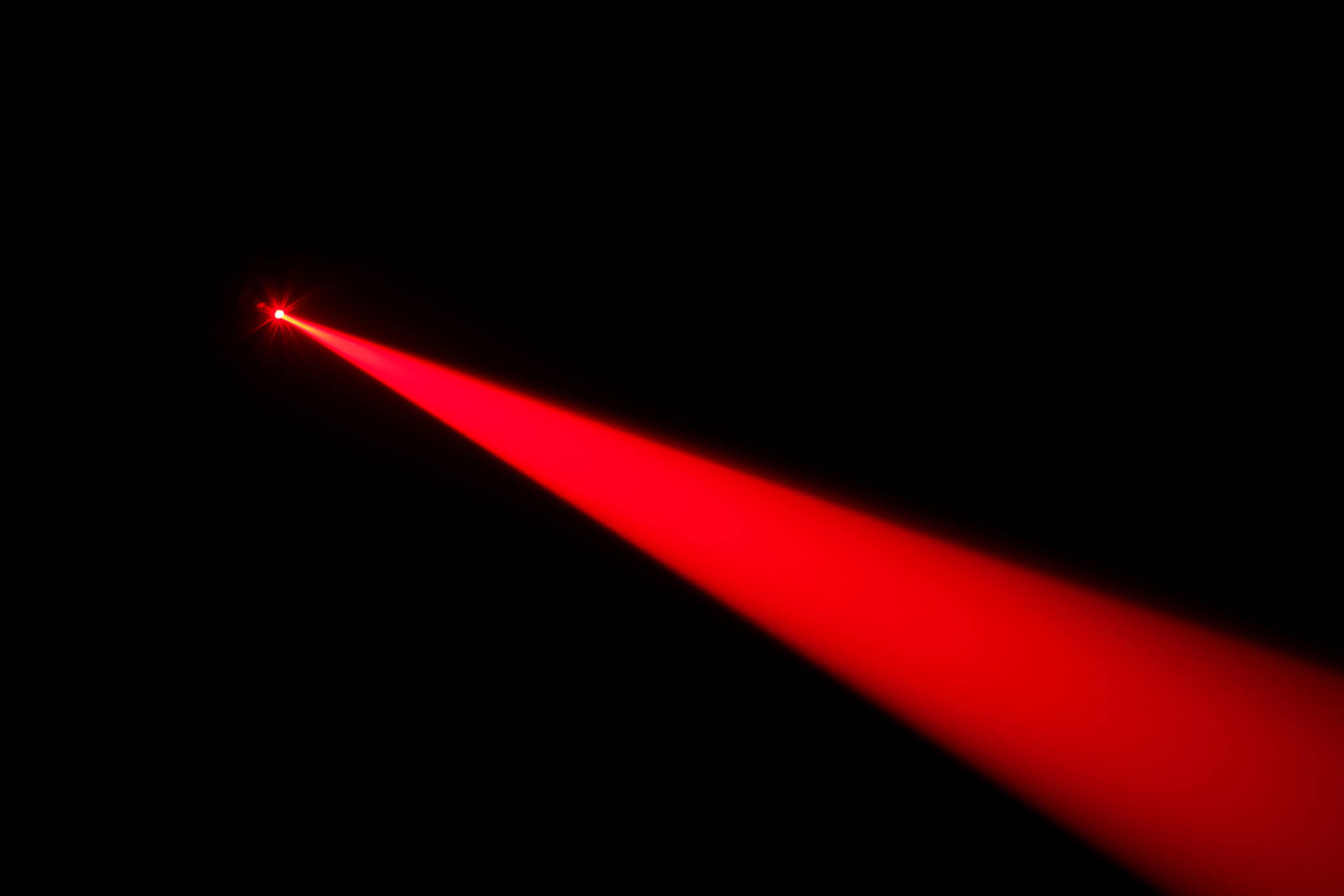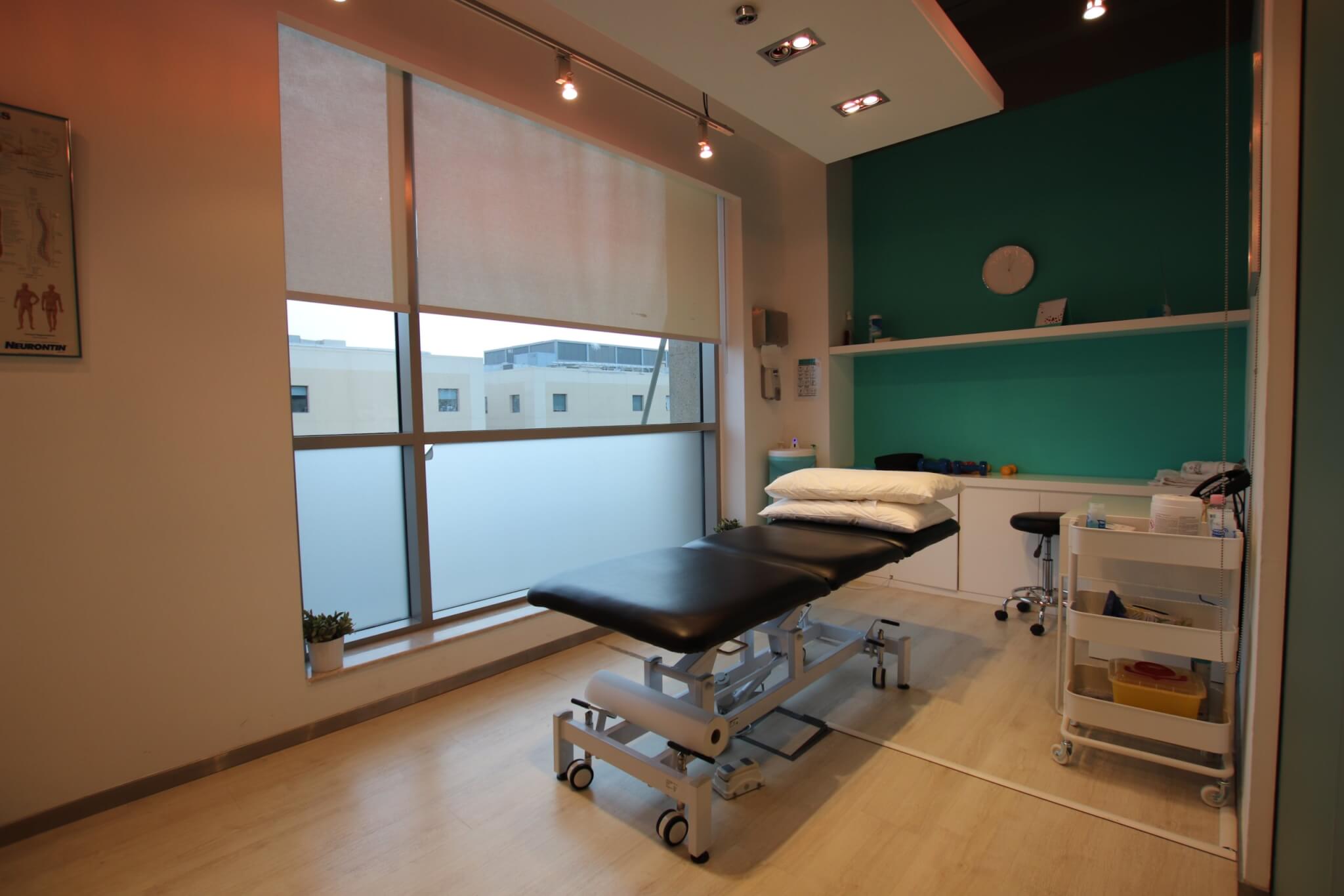LOW LEVEL LASER THERAPY / PHOTOBIOMODULATION
• The effects of ‘low level lasers’ known since the 1960’s
• NASA developed monochromatic LED lights in the 1980’s
• Both ‘Low Level Lasers’ and ‘NASA LEDs’ can achieve Photobiomodulation
The development of the first working laser in 1960 opened up a completely new and unknown area of science. Research was undertaken to see if there were any harmful effects following human exposure to laser light and it was discovered that exposure of very low levels of light triggered positive effects: Low Level Laser Therapy was born, and the name stuck.
During the 1980’s, however, NASA was developing very specialised blue and red LED lights for long distance space travel that were ‘monochromatic’, meaning the light was of one pure colour (wavelength), which is one of the characteristics of laser light. Experiments revealed that ‘NASA LEDs’ had a similar effect to low level lasers. Over the last decade, monochromatic LEDs have become increasingly used alongside low level lasers in the treatment of pain and disease.
Since the academic name for what both Low Level Lasers and ‘NASA LEDs’ achieve is called Photobiomodulation (Photo=light, Bio=life, Modulation=have a regulating effect), the term Photobiomodulation is being increasing adopted as the correct name for the stimulating effect that certain types of light achieves in the body.
How does Laser light differ from LEDs?
Both Lasers and the ‘NASA’ LEDs produce light that is ‘monochromatic’, meaning light of one pure wavelength/colour, and since this is the primary driver of change in the body, both achieve similar effects. Laser light differs in that the wave of light are all parallel and travelling in the same direction (called ‘coherence’) making it much more intense, meaning we can deliver lots of energy in a short time.
Which is better; Lasers or LEDs?
Both lasers and LEDs have their uses in the treatment of conditions and injuries, and at Leigham Practice we often use them together to improve the outcomes for our patients. We find that lasers give a more targeted treatment for very specific areas, such as sciatica, tendinopathy. sprains and fractures, while LEDs can be more beneficial for broader areas, such as skin conditions, wounds, ulcers and back pain.
Why is Photobiomodulation not more widely known?
In academic circles, it has been, and for decades. The effects of PBM have been know about since the 1960s, but the wheels of research turn quite slowly as the effects on animals, develop into single patient case studies, that develop into small studies, the lead of larger studies, and so on, with each bigger trial carefully seeking to determine if treatment is safe. The mainstream acceptance of PBM seems to have been hindered by the fact that 1) it seems to treat practically everything, 2) it’s painless, 3) there’s no side effects in almost everyone, and 4) the mechanism of how it actually worked remained elusive (until recently). It has been viewed with suspicion as being ‘too easy’ but since how it works has now been understood, it’s obvious, and the use of PBM in healthcare and veterinary medicine in the last 8 years has rocketed.


